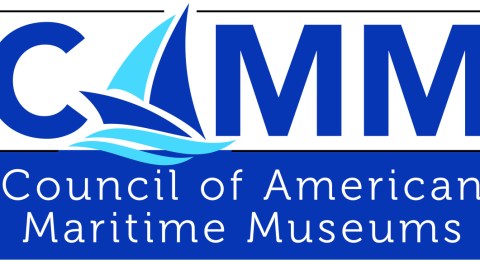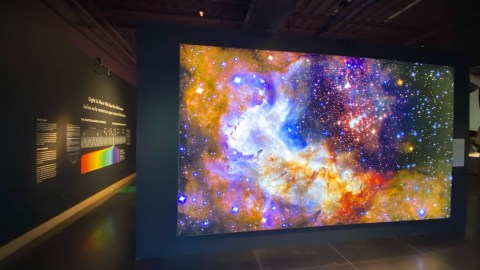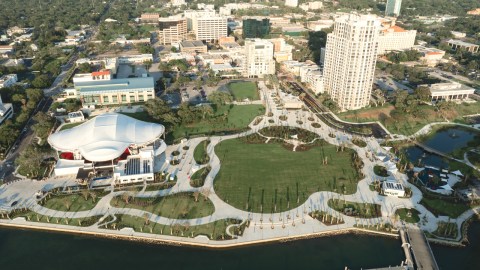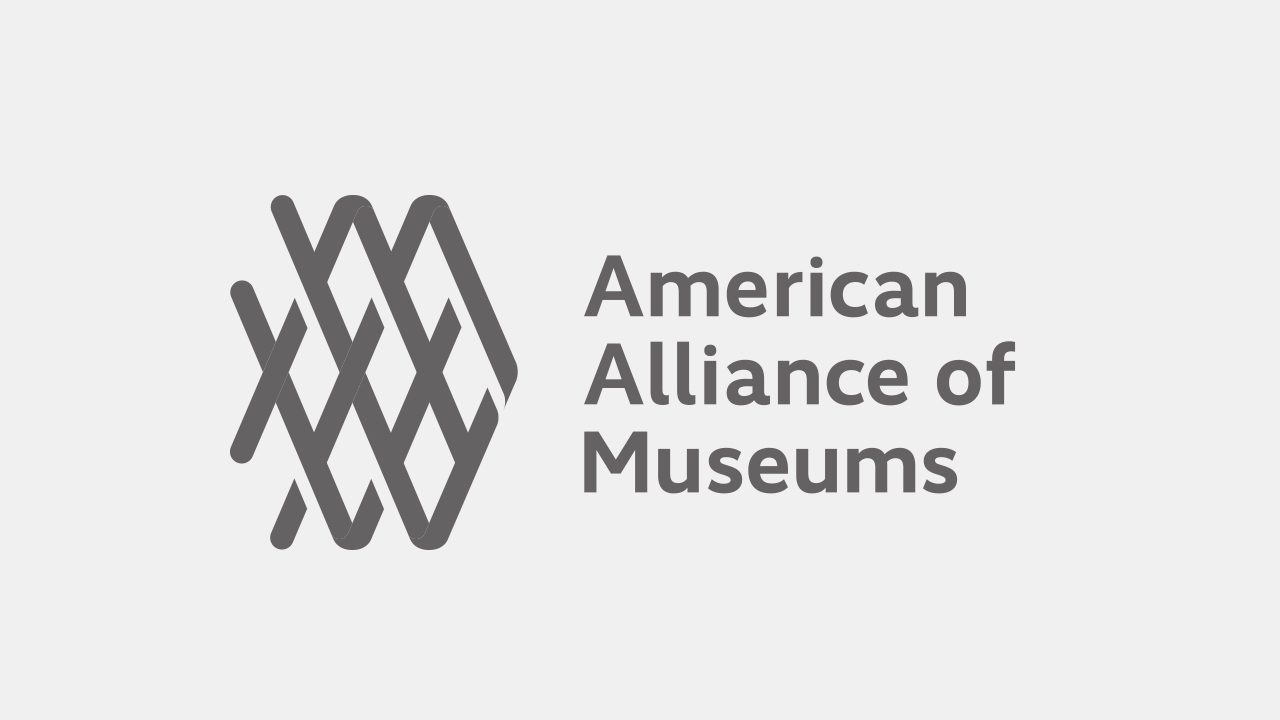
Solid Light and the American Printing House for the Blind aim to design the most inclusive museum in the world with The Dot Experience.
This article originally appeared in Museum magazine’s March/April 2025 issue, a benefit of AAM membership.
Have you ever experienced a museum that truly redefines accessibility and inclusivity? I haven’t—not yet, anyway.
In 2019, the American Printing House for the Blind (APH), in partnership with the American Foundation for the Blind, announced that APH would house the Helen Keller Archive—the single largest repository of materials by and about the deaf-blind author, rights advocate, and political activist. Founded in 1858 in the basement of the Kentucky School for the Blind, APH is now the world’s largest nonprofit organization creating accessible learning tools and designing innovative learning solutions for people who are blind or low vision.
This special opportunity to house the Helen Keller Archive inspired APH to reimagine its museum space to become a model for accessibility and aims to become the most inclusive museum in the world. The team doing this, which includes APH, Solid Light, and Prime Access Consulting (PAC), is pushing the boundaries of accessibility standards. We are tapping into existing knowledge, engaging in active learning, and fostering open communication in this work. Together on this journey, we are committed to dismantling barriers for people who are blind or low vision while setting a new standard for accessibility. The culmination of our work will be a new attraction: The Dot Experience in Louisville, Kentucky.
As the Creative Team Director at Solid Light, I am excited to lead our team through this important project—not only to create a new visitor experience that shares new stories and perspectives but also to grow and push for change through the lens of inclusivity and accessibility.
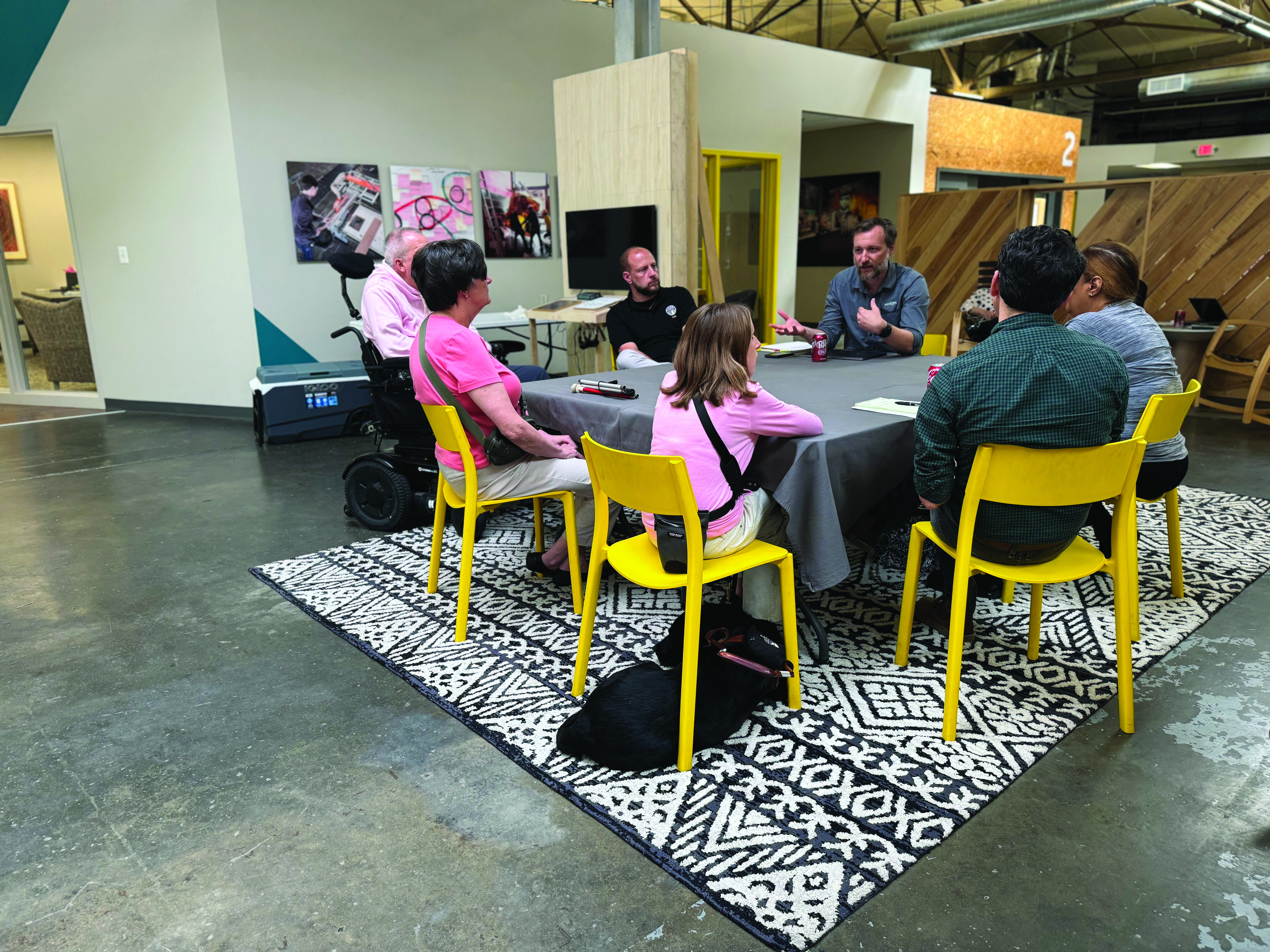
What Is The Dot Experience?
The Dot Experience takes its name from the six-dot raised code invented in 1829 by Louis Braille that comprises all characters of braille. With this invention, people who are blind or low vision gained independent access to information, authorship, and agency. With its namesake acting as a beacon, The Dot Experience aims to highlight stories of people who are blind or low vision, exploring themes of everyday life, the workplace, self-expression, navigation, community, and what it means to be blind. It will also illuminate humanity, ingenuity, and the numerous opportunities ahead in bringing equity and inclusivity to our everyday lives.
As we began our research and concept development, it became evident that many museums and visitor experiences were designed without visitors who are blind in mind. As a result, many people who are blind do not have positive museum memories or experiences. Museums’ reliance on sight can make visits isolating or “othering” for visitors who are blind or low vision: special carts available only by request, artifacts behind glass, and interaction with staff or other visitors who are either avoidant or condescending when sharing space.
“Nothing about us without us,” a phrase championed early by APH, became our guiding star. We prioritized the lived experience of individuals who are blind or low vision while recognizing that no community is a monolith—people who are blind or low vision are as varied as any other group. PAC, APH board members and staff, our inclusive prototyping group, and the individuals selected to be lead storytellers in the museum are sharing their expertise with us.
“The Dot Experience is being designed in every way to avoid othering,” says Jo Haas, Vice President, Advancement and The Dot Experience. “From the point of entry, all people, of all ages and abilities, will be afforded the opportunity to explore independently and with autonomy. We are giving explicit considerations to individuals who are blind, low vision, deaf, have mobility challenges, physical, emotional, and neurological differences, and more. It is an immense challenge to push the field forward in accessibility and inclusion, and we are up for it.”
How to Begin?
It is important to note that Solid Light did not enter this project as explicit experts in inclusive design or accessible methodologies. While considering inclusivity and accessibility is a standard practice in experience design, our success has largely stemmed from open communication and a responsive, adaptive approach to our work. The following points highlight the core strategies we developed throughout the creation of The Dot Experience. If some of this sounds familiar, good.
Stay curious and willing. Reimagining how to design for accessibility requires an open mind. Most of our learning has come from asking questions, listening, and centering our work around the perceived gaps.
Gather a committed project team. This team must be ready to think critically and challenge the norm. Our team members bring unique and complementary expertise in visitor experience design and operation, history and scholarship, product knowledge and production, and inclusive and accessible practice implementation.
Design an inclusive physical space. Making a physical space accessible primarily boils down to easing navigation, making information easier to engage with, and considering the visual, acoustic, and physical aspects of the environment. An inclusive space needs to consciously consider noise; when one sense is limited, others can become heightened. For visitors who are blind or low vision, sonically clear spaces reduce cognitive overload and offer a more enjoyable and streamlined experience.
The Dot Experience will also include visual and tactile contrast between built objects, the floor, and the space as visitors transition from gallery to gallery. These raised markers, high-contrast colors, and varying floor textures create navigational cues throughout the space and improve the visitor experience for everyone.
Use braille as a design element. Braille fluency improves literacy, critical thinking skills, and employability and needs to be a form of interpretation at all museums. At The Dot Experience, all written content will be produced in graphic and tactile braille panels at a 1:1 ratio, offering equitable access and demystifying the use of braille for sighted visitors.
Are We Making a Difference?
In designing The Dot Experience, we’ve relied on two principles to ensure our work is truly accessible: touch everything and prototype, prototype, prototype.
The Dot Experience will showcase a rich collection of historic printing artifacts, including a rare book by Louis Braille and Helen Keller’s home office desk; their display and interpretation will be a compelling part of the experience. To create an equitable experience with artifact engagement, APH chose to lean in on the concept of “touch everything.” If an object cannot be handled directly, a tactile reproduction will accompany its casework display. While audio descriptions and ASL will provide additional and necessary layers of interpretation access, the language of touch will help visitors understand scale, detail, and materiality.
Our inclusive prototyping experience has been invaluable. As we progressed through the design phase, we assembled a group of individuals with lived experience from the Louisville community to evaluate and guide our work. This group is compensated for their time and represents different backgrounds and disabilities, such as those who are blind, deaf-blind, wheelchair users, cane and guide-dog users, seasoned and new braille readers, and individuals who are neurodiverse and have physical variations.
We have established trust with our prototype team members by stressing how much we value their insights, critiques, and lived experiences—this, in turn, has improved the quality of feedback we have received. Through ongoing prototyping rounds, from large-scale builds and smaller focused reviews, we have carefully integrated participants’ recommendations into our design approach, including for mechanical interactives, tactile flooring options, sound quality between audio hardware selections, artifact reproduction fidelity, production quality and placement of braille interpretative panels, and point sizes and visual contrast related to type and design. This team is integral to the development and revision of experience components and concepts.
The Accessibility Continuum
As we enter the final year of developing this project, we have transformed our understanding of the myriad ways inclusion and accessibility can enhance a project, not just for people who are blind or low vision but for everyone. Designing a truly inclusive experience is complex, but we have not encountered insurmountable barriers.
We hope The Dot Experience will be one of the most inclusive museum experiences—and this project will inspire other museums and design teams to discover new ways to make their institutions inclusive or accessible. Inclusivity and accessibility are not fixed goals to reach but bars to continually set higher.
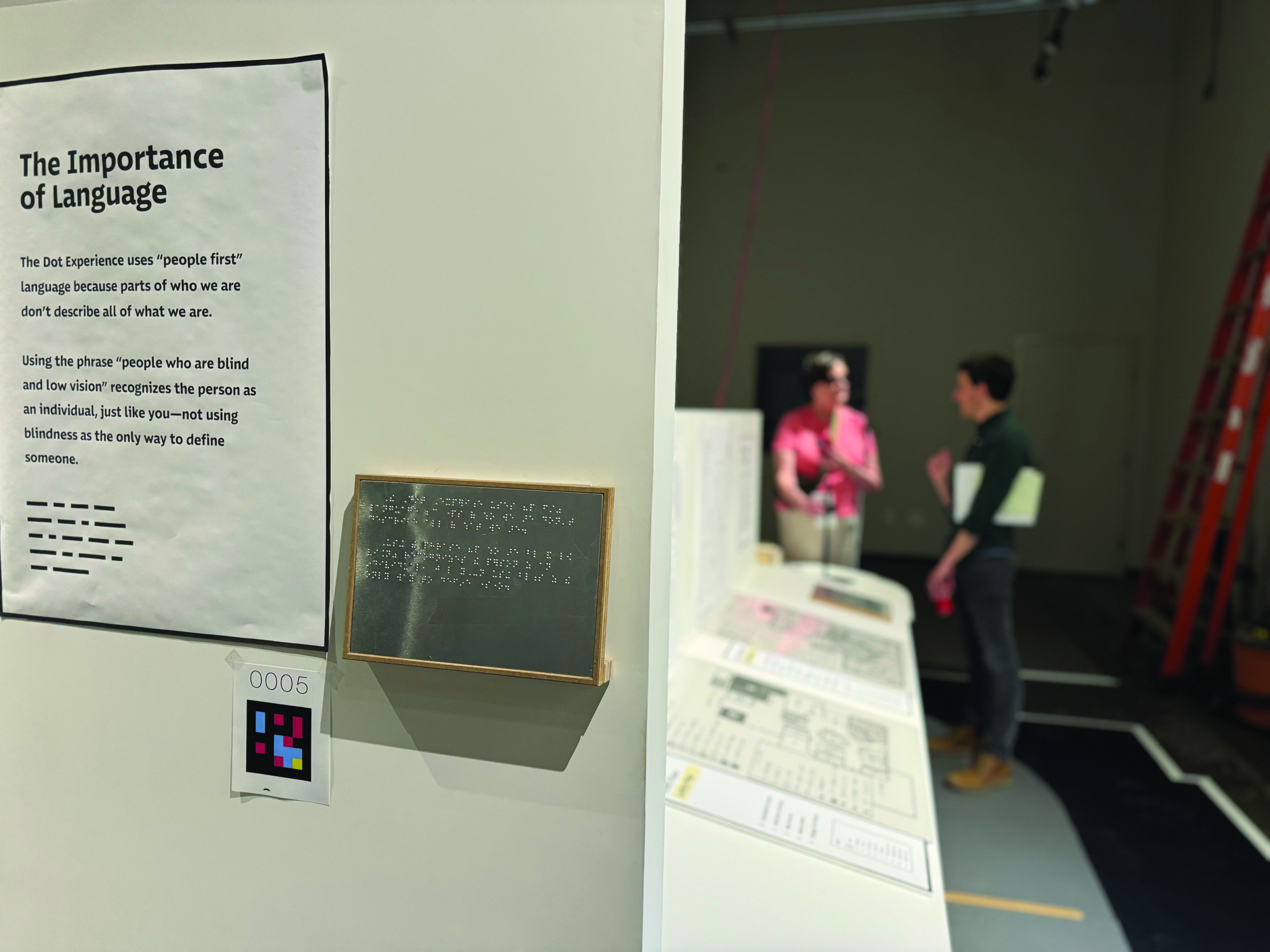
The next time your museum starts to plan a new visitor experience or update, consider how you can enhance accessibility. You are not just opening the door for visitors who have historically been “othered” in museums; you are elevating each visitor’s journey by introducing new ways of thinking and experiencing the world.
Ben Jett is Creative Team Director at Solid Light, Inc., an exhibit design/build firm in Louisville, Kentucky. For more than 25 years, Solid Light’s in-house design, media, and fabrication experts have transformed audiences’ understanding and passion for museums, branded environments, educational institutions, and public spaces by telling those stories in engaging ways. Reach Ben at social@solidlight-inc.com.
Sidebar
What Can You Do?
Believe that there’s always a way. Anything can be accessible if you think outside the box and remember information can be gathered from all senses, not just vision.
Consider navigation throughout the visitor experience. Use braille on signage and interpretive panels, add high-contrast colors to delineate spaces and transitions, and consider tactile floor indicators for queuing stops and pathways.
Control sound. Add acoustic panels to absorb sound in high-frequency spaces, and use directional or calibrated speakers to improve audio clarity.
Go beyond technology. Technology offers alternatives for communicating information, transforming the lives of people with disabilities, but it is not the only solution. Good design, meaningful interaction, and proper placement are essential.
Encourage interaction. Make artifacts touchable or provide tactile reproductions. For 2-D pieces, use tactile graphics to translate key features.
Seek feedback. Involve community members from the start. Reach out to local groups for paid or volunteer advice and guidance. Provide a safe space for new ideas, constructive criticism, and open and honest discussion.
Captions and Credits
All photos by Halle Chapman
Page 28
A prototype participant for The Dot Experience reviews the different grip options and the presentation of the information for a mechanical spin interactive. The height of the interactive was ultimately increased so that wheelchair users could maneuver the interactive from underneath it.
Page 30
Local community members who are blind, deaf, deaf-blind, wheelchair and guide-dog users, neurodivergent, and caretakers or teachers of people with disabilities are informing the development of The Dot Experience.
Page 31
Prototype participants interact with an early iteration of braille panels at The Dot Experience. They were ultimately angled downwards for more natural hand orientation.
Page 33
In the background, the tactile maps that will be used in the Orientation Station.

